Customization Options for Retail Kiosk
1. Design and Aesthetics: Choose the kiosk's appearance, including colors, branding, and signage to align with your brand identity.
2. Size and Shape: Select dimensions and form factors suitable for the intended location and product display.
3. Display and Interaction: Customize touchscreen size, resolution, and interface design for an optimal user experience.
4. Payment Systems: Integrate various payment options like credit cards, mobile payments, and contactless transactions.
5. Software Features: Configure software for specific functions such as inventory management, loyalty programs, and customer feedback.
6. Security Measures: Implement features like surveillance cameras, secure data encryption, and anti-theft mechanisms.
7. Accessibility Options: Include features such as multilingual support and accessibility modes for diverse customer needs.
8. Integration: Ensure compatibility with existing systems such as POS, CRM, and inventory management.
How to Buy a Retail Kiosk: Step-by-Step
1. Define Requirements: Identify your business needs, including kiosk purpose, location, and customization options.
2. Research Providers: Look for reputable kiosk manufacturers and suppliers with experience in your industry.
3. Evaluate Options: Compare different models based on design, features, and cost. Request quotes and gather product specifications.
4. Visit Showrooms: If possible, visit showrooms or request demos to see the kiosks in action and assess their quality.
5. Check Reviews and References: Review customer feedback and request references to ensure reliability and performance.
6. Finalize Customization: Work with the supplier to finalize design, features, and branding options.
7. Place Order: Confirm the order with detailed specifications, pricing, and delivery terms.
8. Installation and Training: Arrange for installation and provide staff training on operation and maintenance.
9. Monitor Performance: After installation, monitor the kiosk's performance and gather feedback for any necessary adjustments.
10. Support and Maintenance: Ensure you have access to support and maintenance services for ongoing issues or updates.

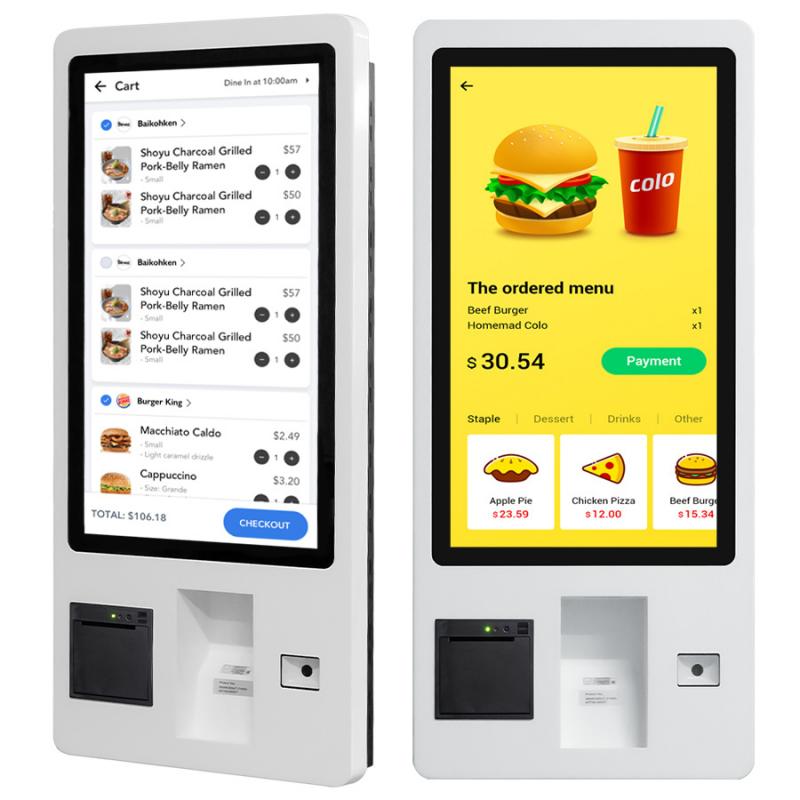

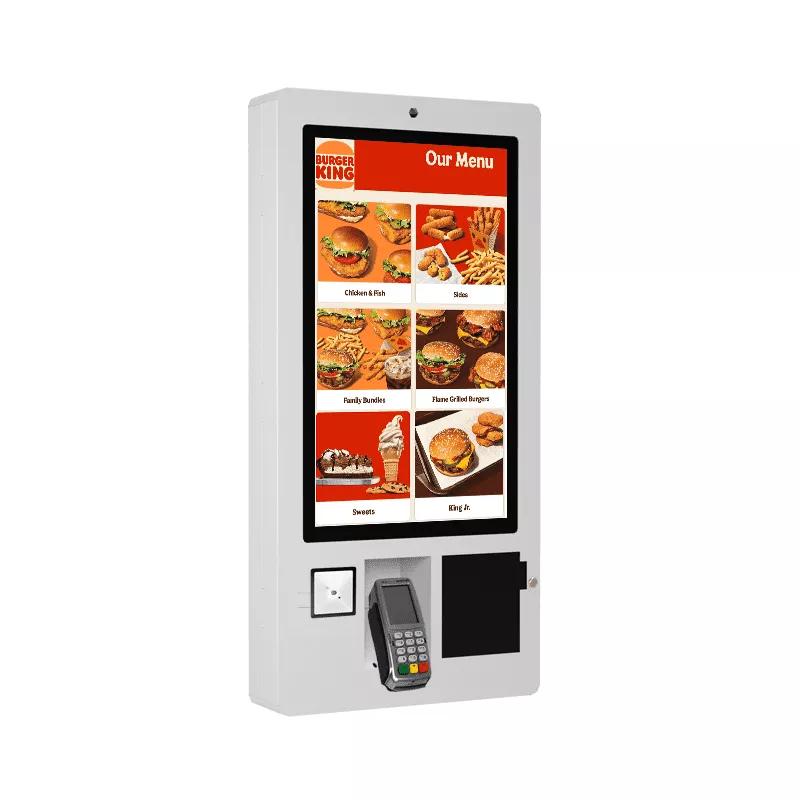
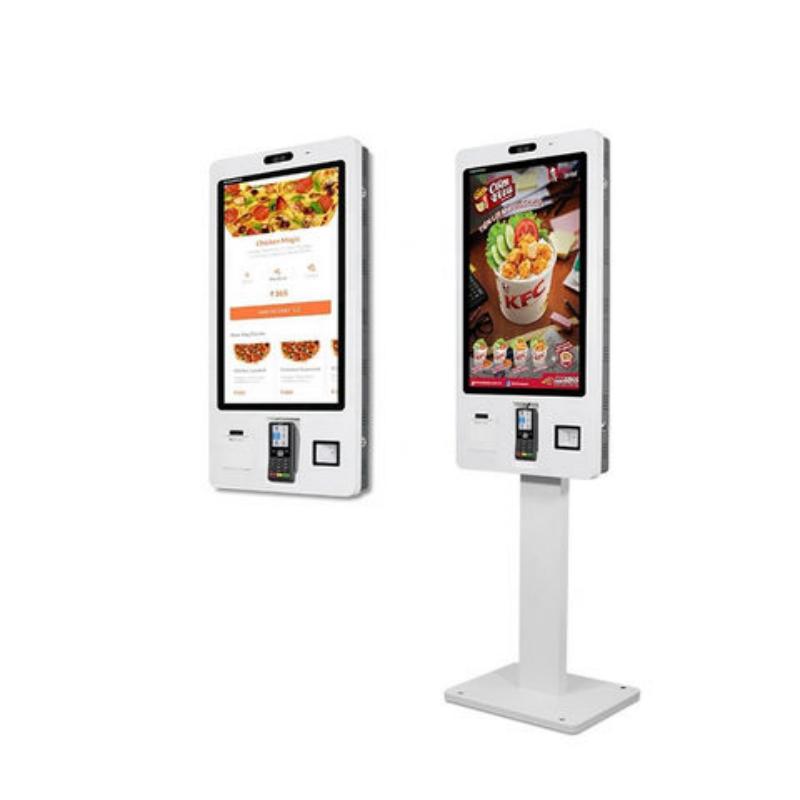
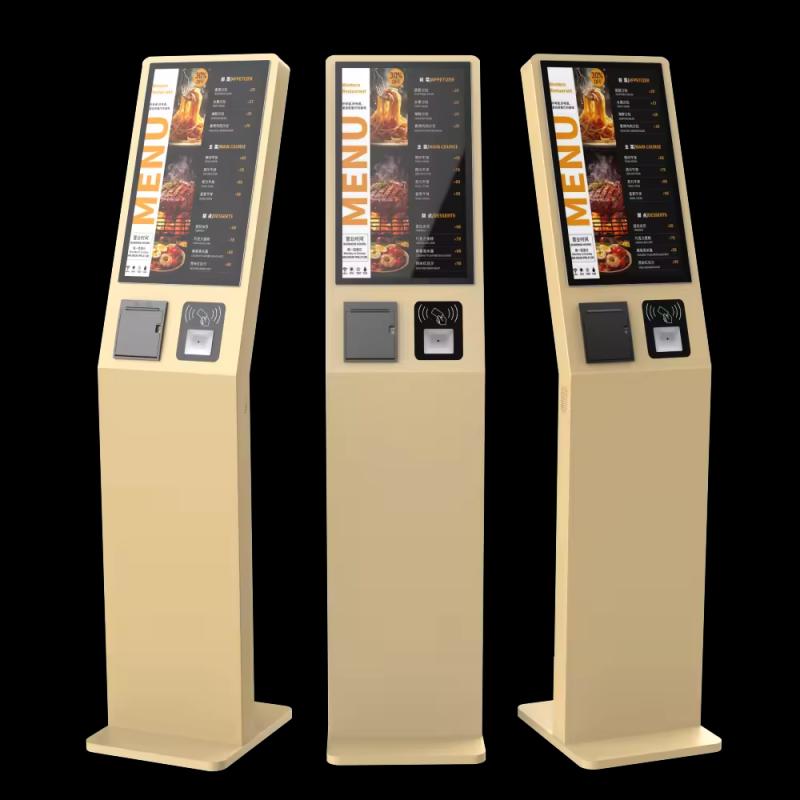
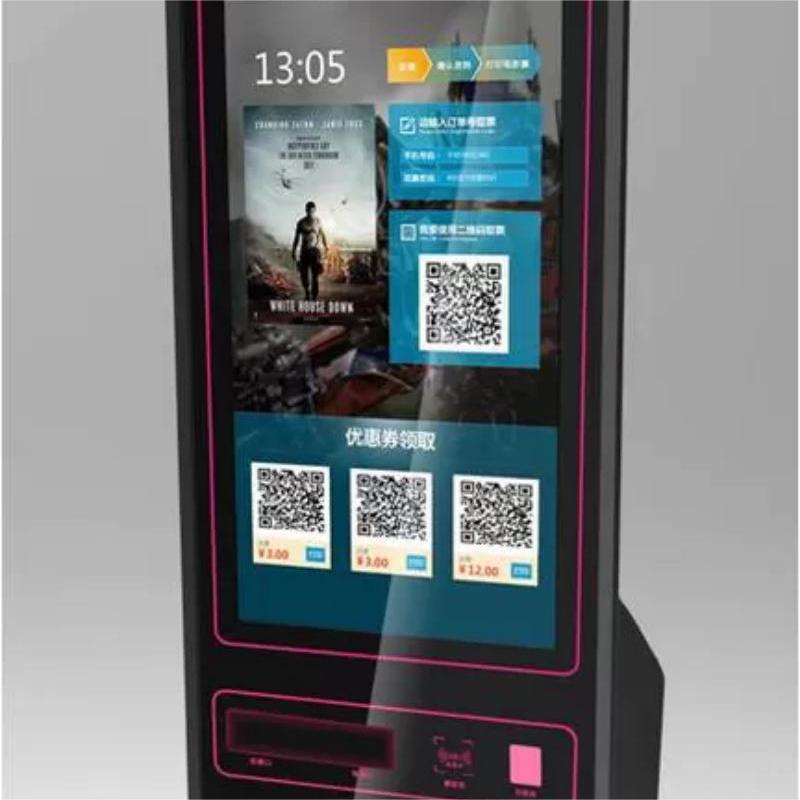
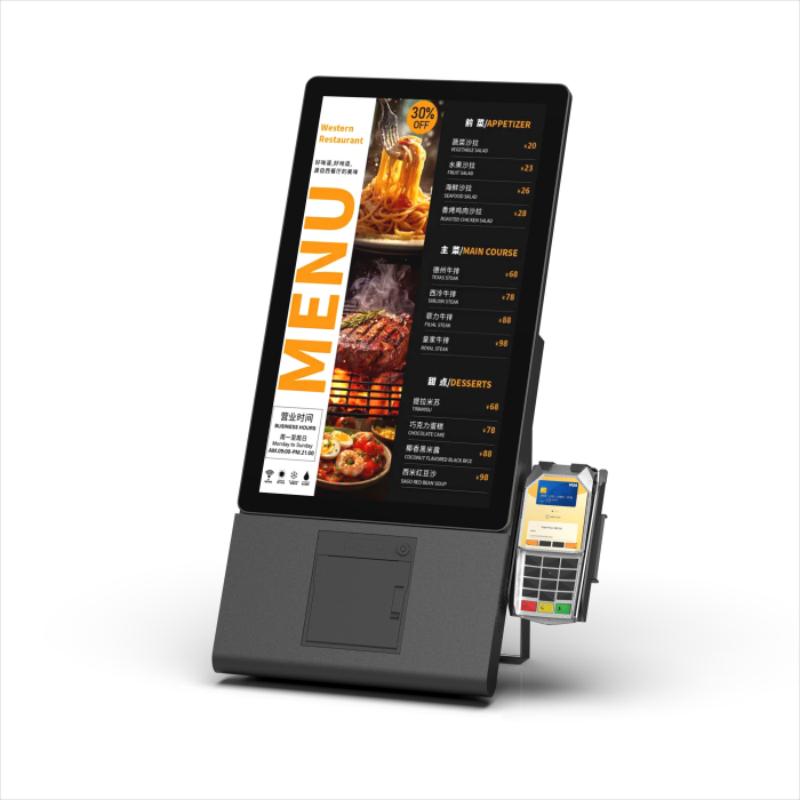
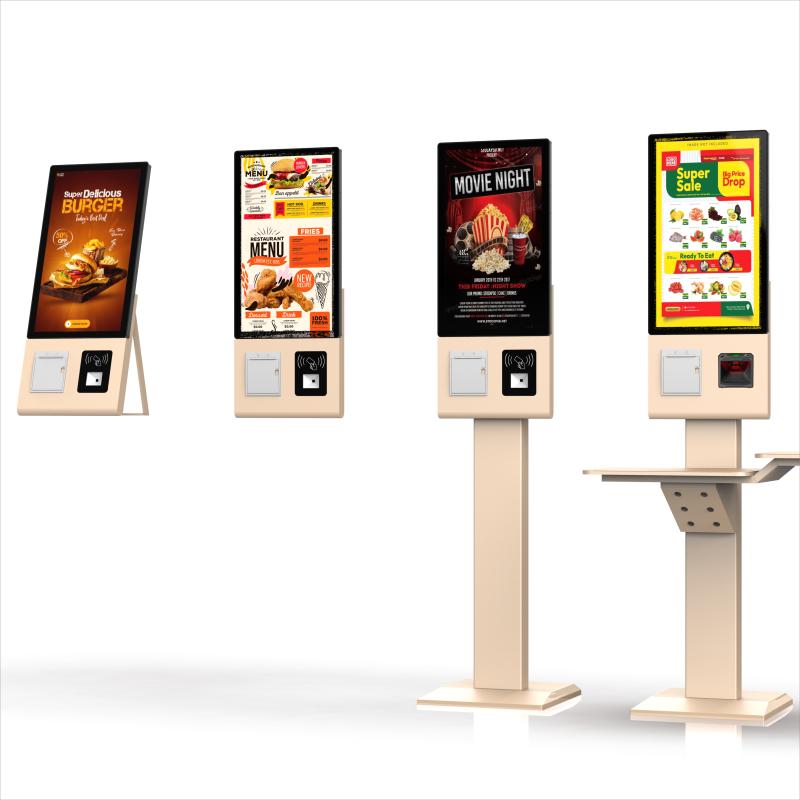
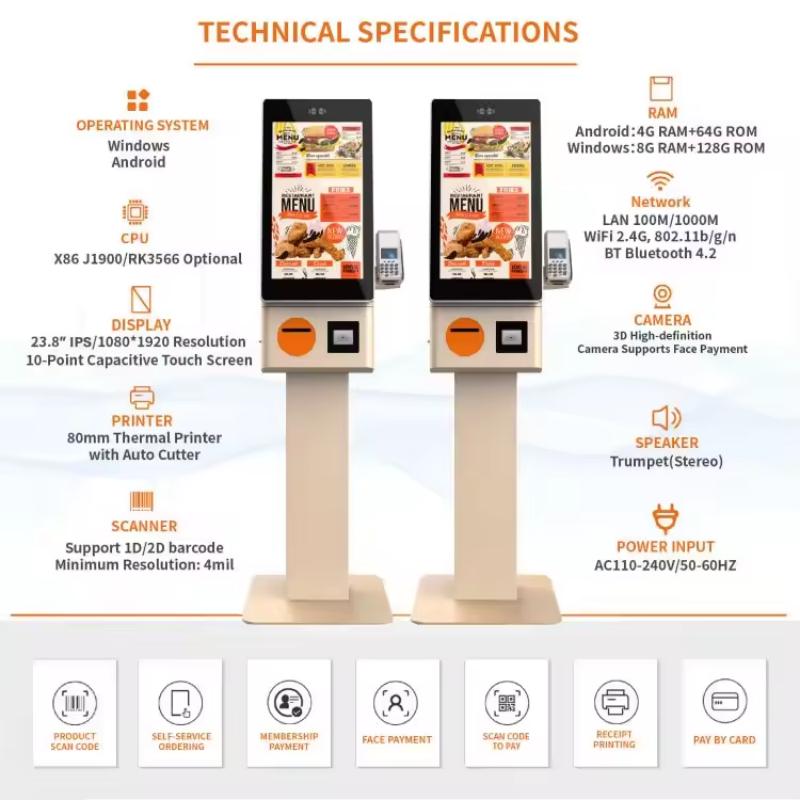
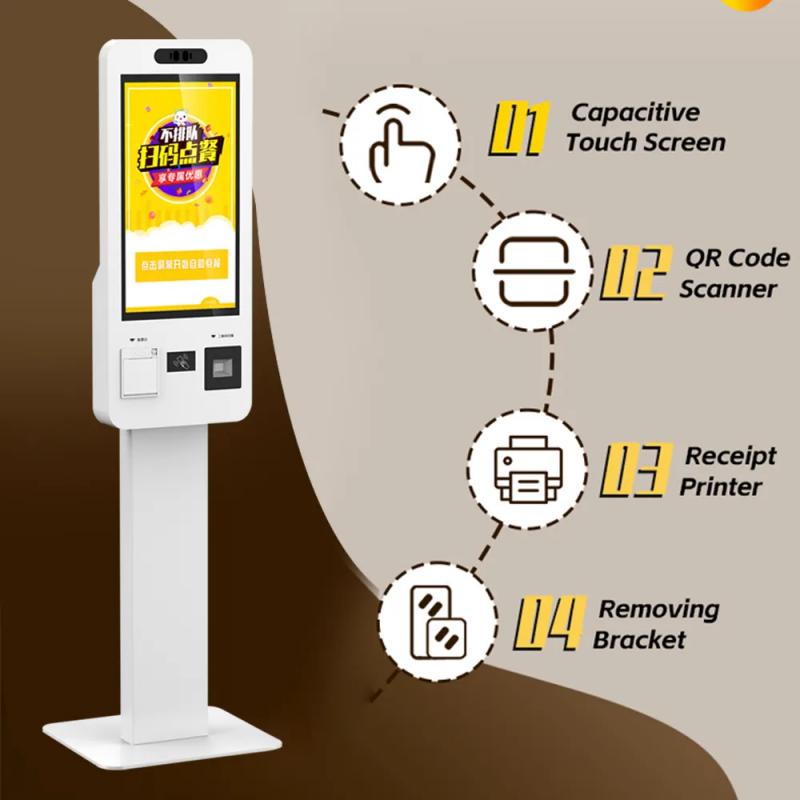
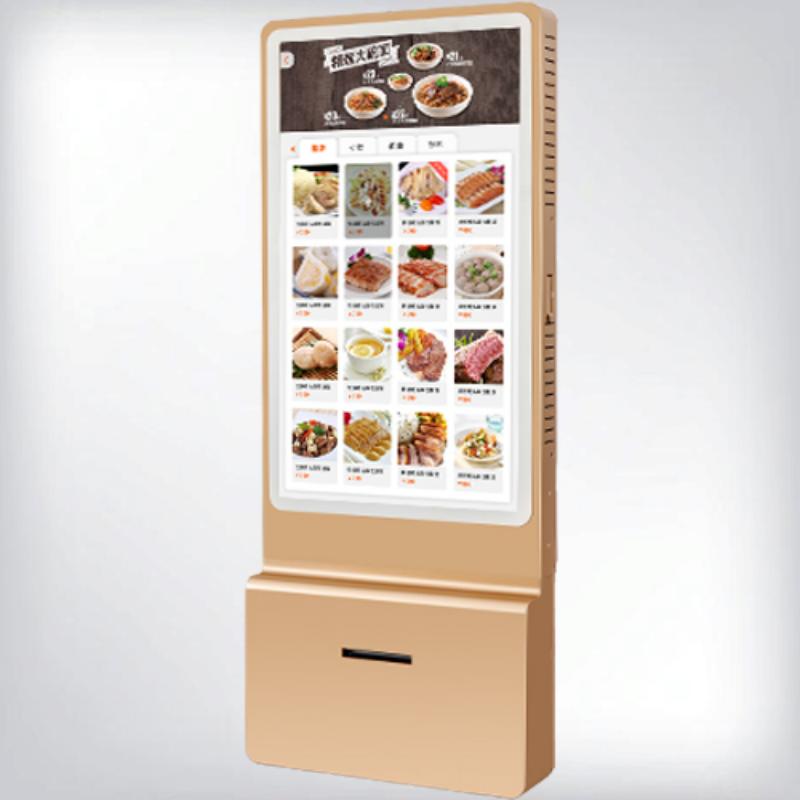
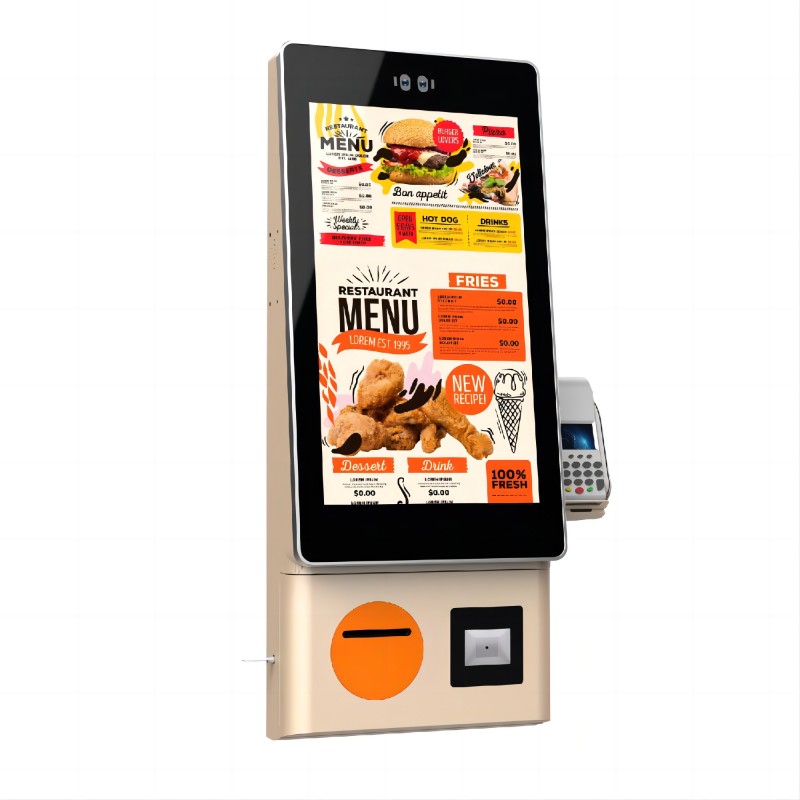
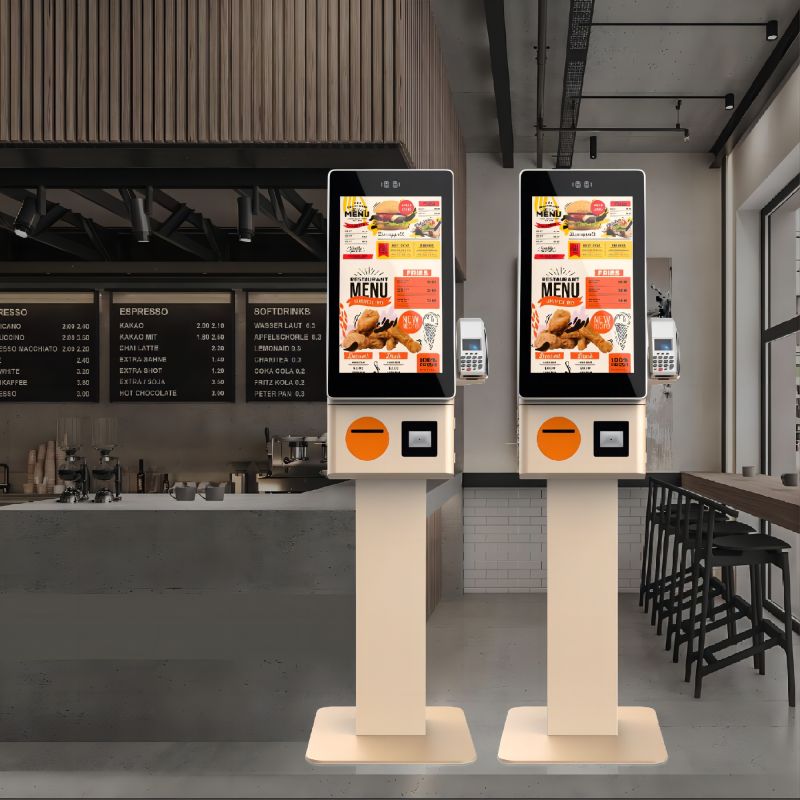
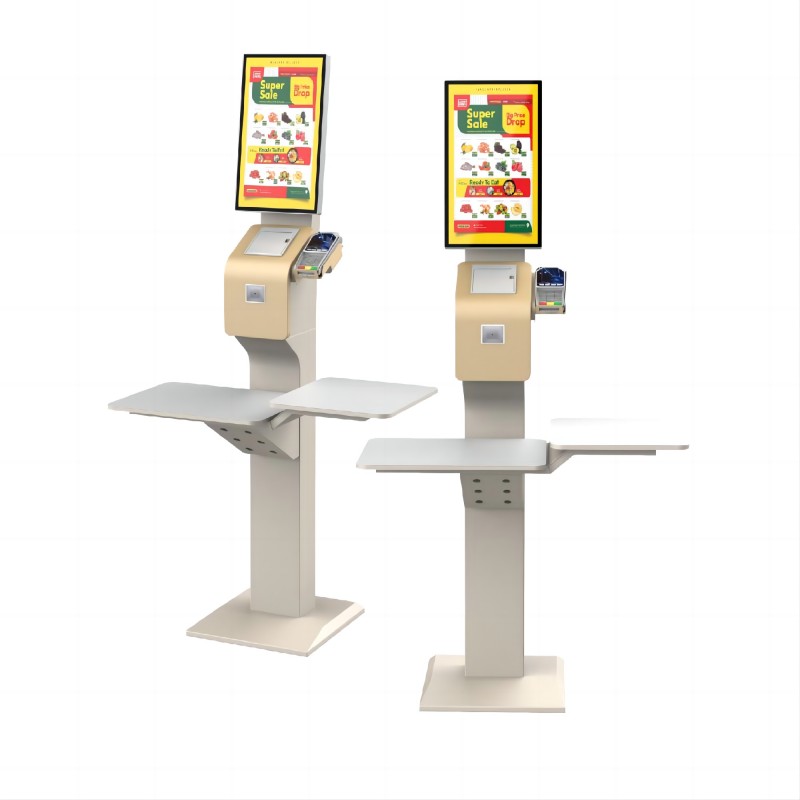
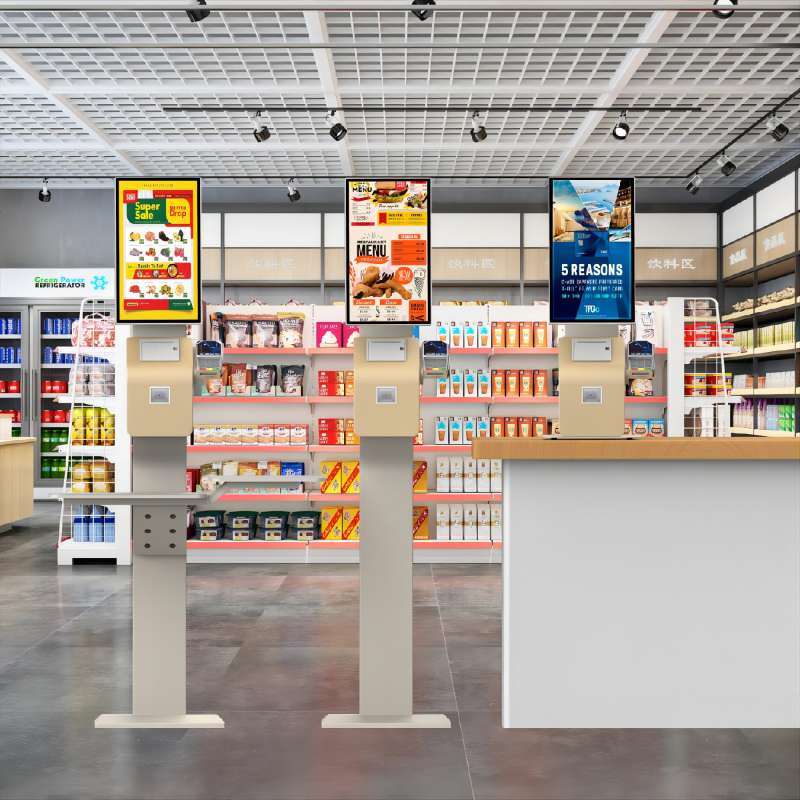
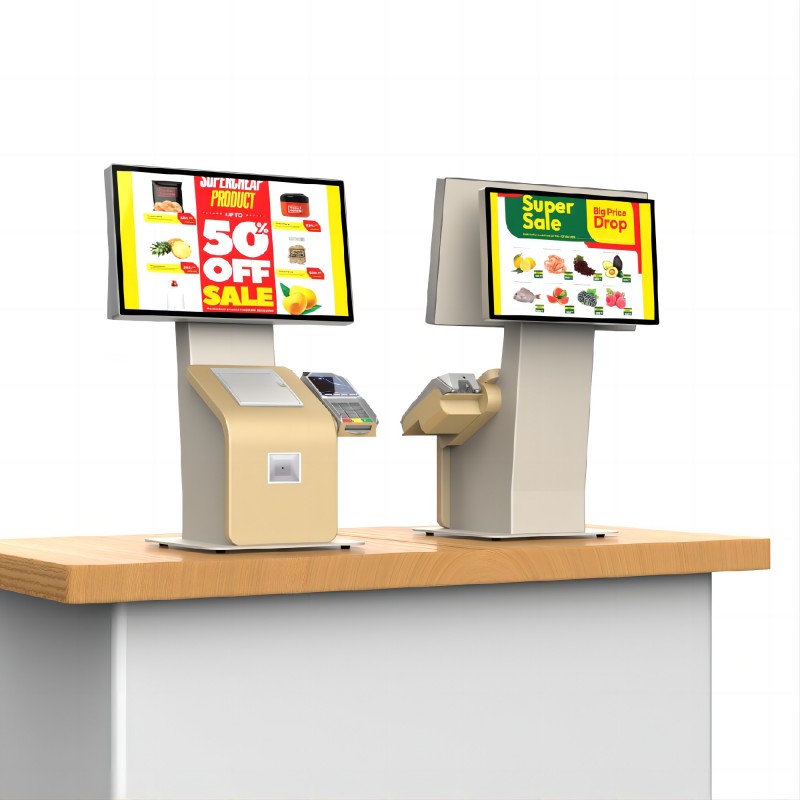
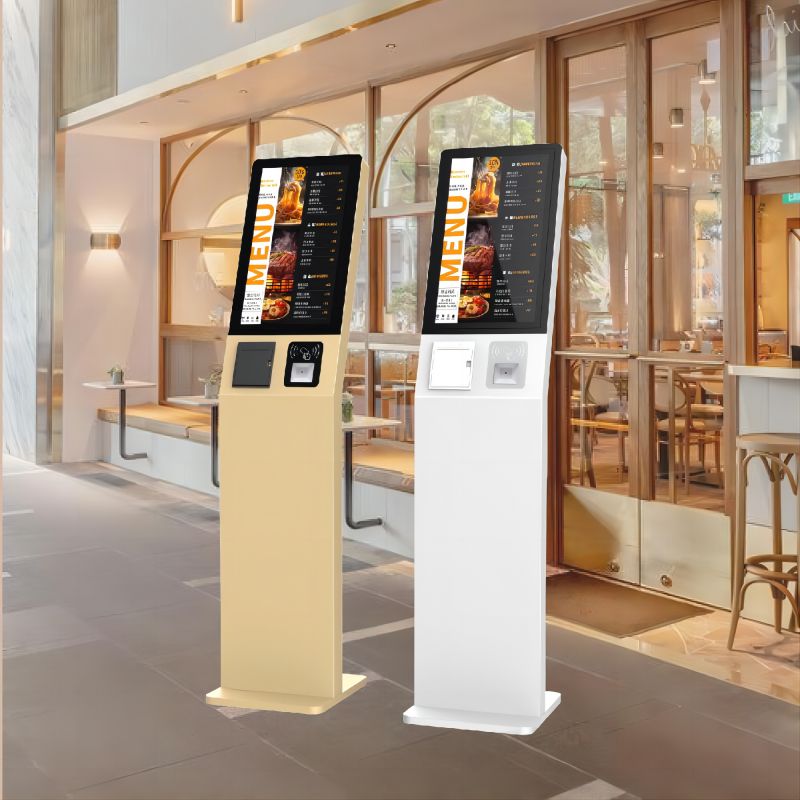
What did our happy clients say?
We're thrilled with our new retail kiosk! The sleek design and user-friendly interface have significantly improved our customer experience. Thank you for delivering such a high-quality product that perfectly fits our needs!
The retail kiosk has been a game-changer for our business. Our sales have increased, and customers love the convenience. Your team was fantastic throughout the process. We're incredibly grateful for your excellent service!
Thank you for providing us with a top-notch retail kiosk. The customization options allowed us to align it perfectly with our brand. Installation was seamless, and the kiosk is performing beyond our expectations!
We couldn't be happier with our new retail kiosk. It has streamlined our operations and enhanced customer satisfaction. Your team's support and attention to detail were outstanding. Thank you for this wonderful addition to our store!